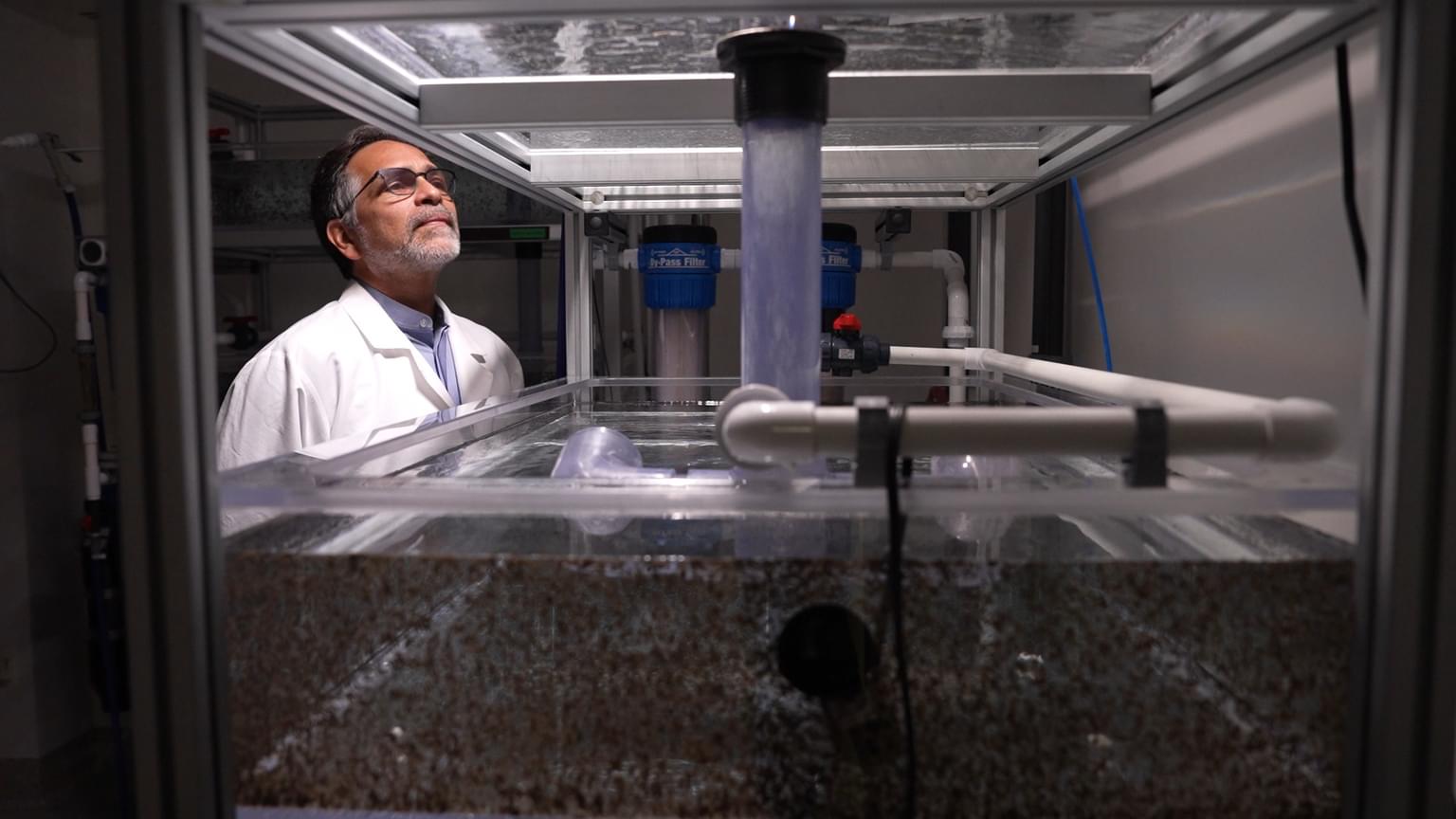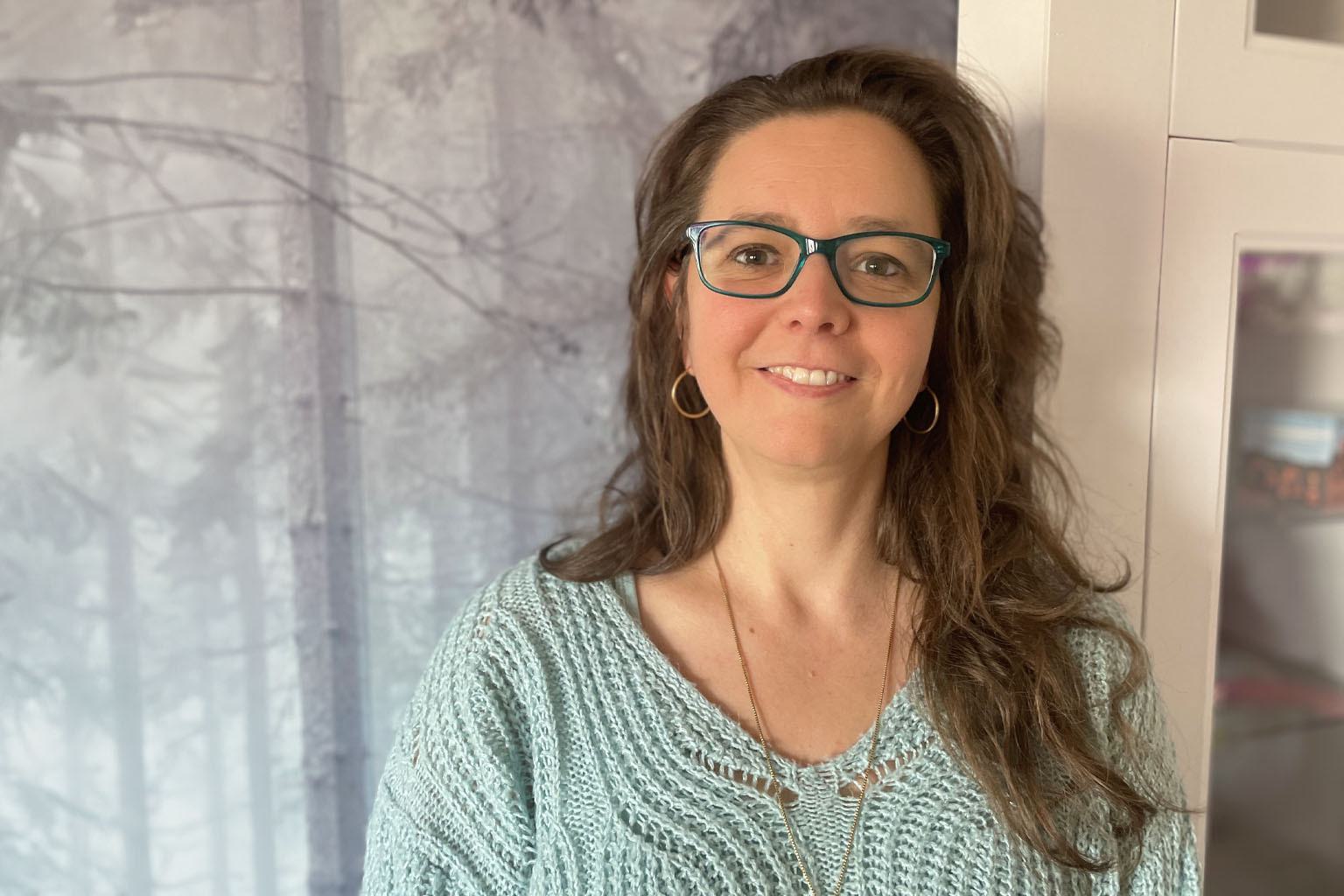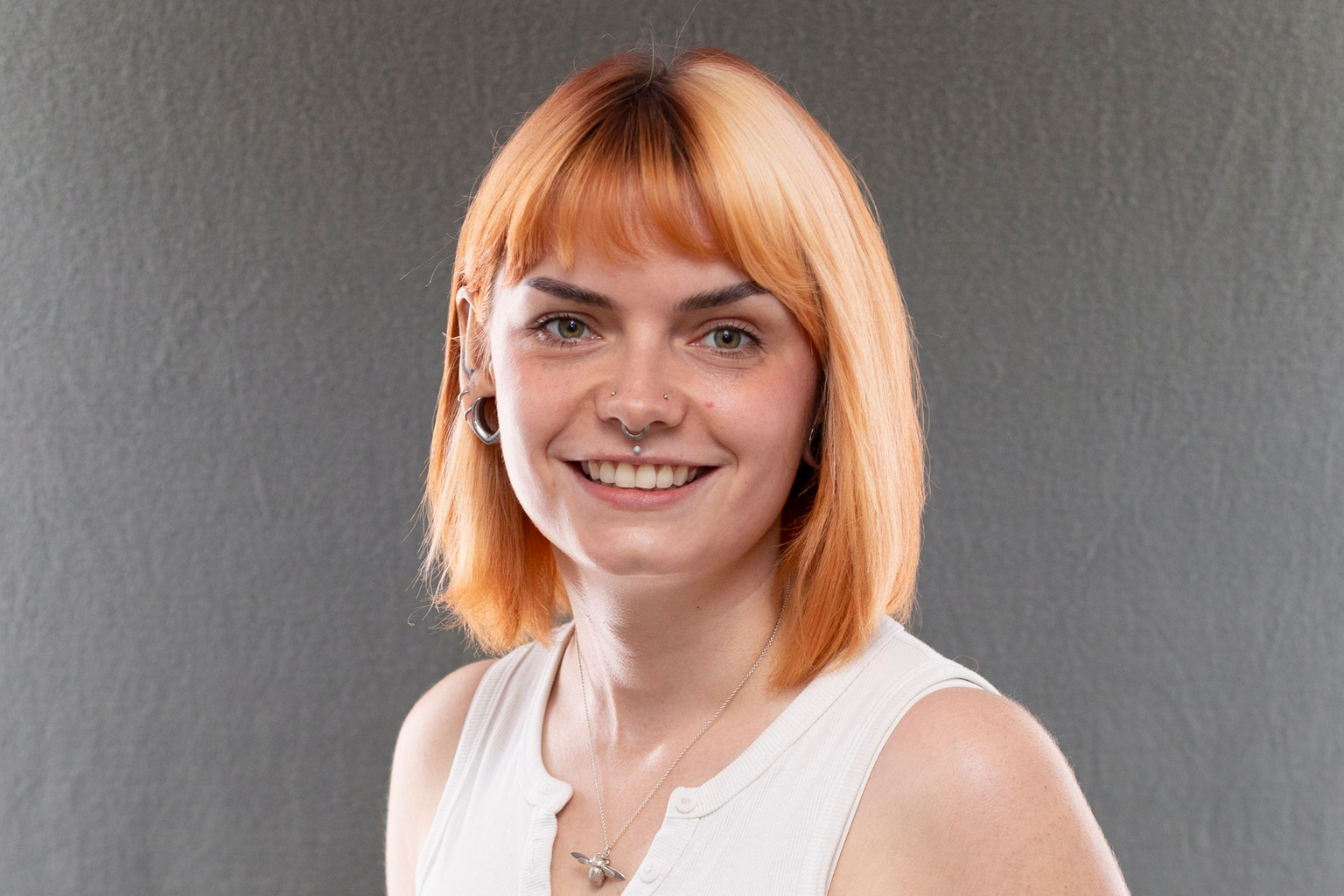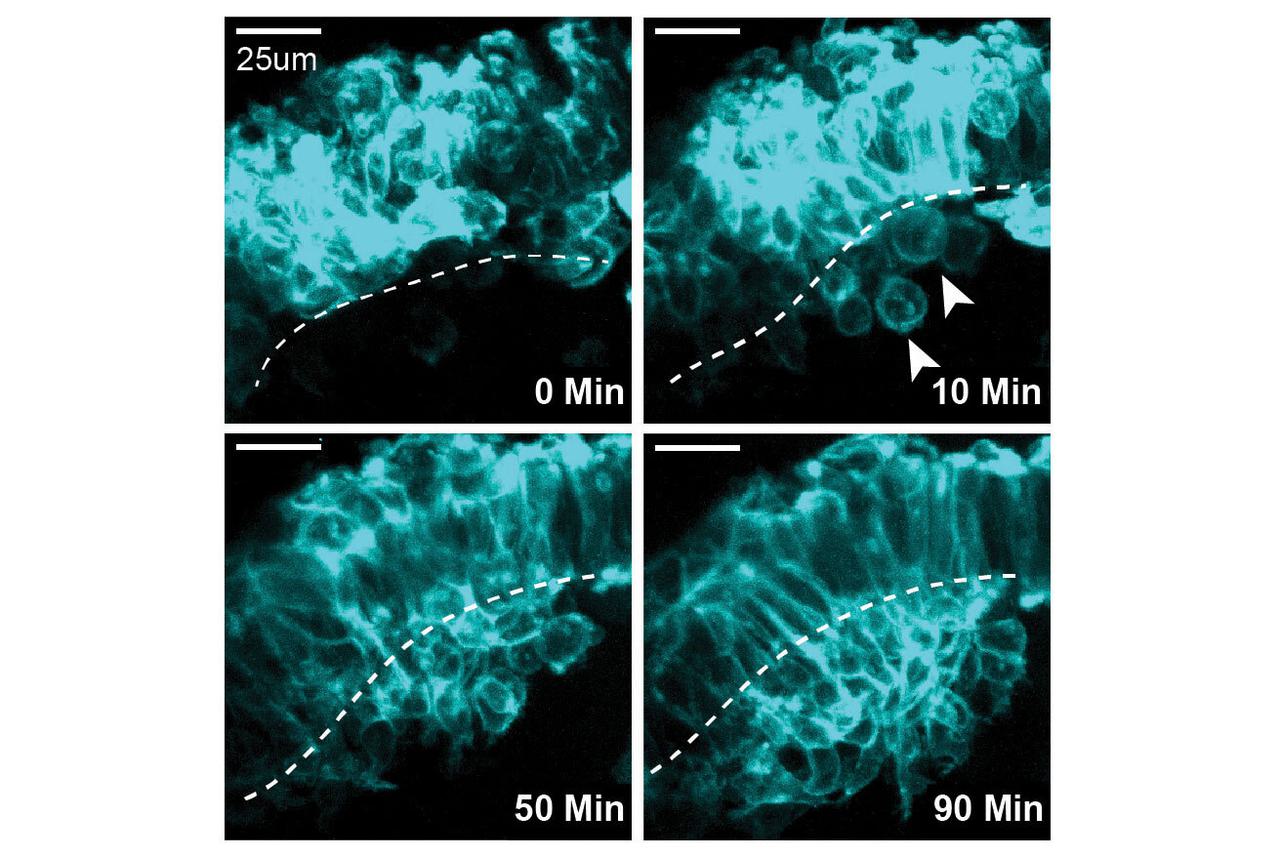What brought you to Stowers?
I was a graduate student at the University of Utah in the lab of Alejandro Sánchez Alvarado—who is now the President and Chief Scientific Officer at the Stowers Institute. A week after I defended my thesis, the Sánchez Alvarado Lab packed up and moved to the Stowers Institute. From my lab mates that followed, I heard so many great things about how science is conducted at the Institute. While I was nearing the end of my postdoc at the University of California, Riverside, I learned that the Stowers Genomics group was searching for a new team member. The Genomics Scientist position seemed like and is such a great opportunity for me to be creative, innovative, and helpful in how genomic data is analyzed and shared. I could not have picked a better position or place to work.
Why are you interested in your field of research?
I love plants and animals! At home I have a lot of plants (indoors and out) and many different animals (dogs, cats, ferrets, fish, turtles, bees, goats, chickens, alpaca, sheep, and a green anole). What better field of research for me than helping researchers understand and explore the genomes of their newly-sequenced amazing organisms.
What inspires you to keep working in your field?
All the species that my work involves are research organisms that are studied by small research communities. Members of these communities don’t have access to the tools that the more widely studied organisms have. I love that I can help provide the infrastructure not only for accessing the data by a single researcher or lab, but that we can make the data FAIR (Findable, Accessible, Interoperable, Reusable) for the scientific community.
My goal is to not only share the data from these new research organisms but also connect the data across species. The more widely used research organisms have a large body of experimentally derived knowledge that we can use to inform research on lesser studied organisms by standardizing gene names and systematically describing anatomy and physical traits by building ontologies, which are frameworks that define a common vocabulary for data sharing. This allows for curation of existing, but unstructured, published data and ultimately building bridges to link with established research organisms.
This interconnection of data is not only useful to our new research organisms to infer information on gene and anatomical functions, but our findings can be applied back to the established research organisms. In other words, the inference can flow both ways - it’s a two-way street. Our organisms are selected for important reasons. They enable us to study biological processes that may not exist nor be easy to study in more common research organisms, like regeneration, diabetes, head and facial development, circadian rhythms, and bilateral development. If we can confidently align gene identity, anatomical structures, and physical traits, our data can help researchers better understand the biology of mice and other established research organisms, and ultimately humans.
What have you found most rewarding about your work?
There is so much that I find rewarding. Helping researchers to have easy access to their genomic data is one aspect. Connecting data cross species is another. But one that I have not mentioned yet is giving data new life. Science generates so much data and much of it goes unused. A researcher may look at an experiment for a very specific purpose. Describing the data and making it accessible to others can inspire new ideas and experiments in ways that were not imagined by the one that generated the data. That makes me happy.
What impact do you hope your research will have?
I want to make the work that smaller groups accomplish have further reach. I want to expand the reach of individual organism-generated knowledge. I don’t want only members of one research community to read their organism’s publications but to be easily relatable across more organisms. I want all of our new organisms to be included in larger multispecies research tools that display cross-species data. I want to help scientists realize that more connections between more species is beneficial to their work, to everyone’s work.




